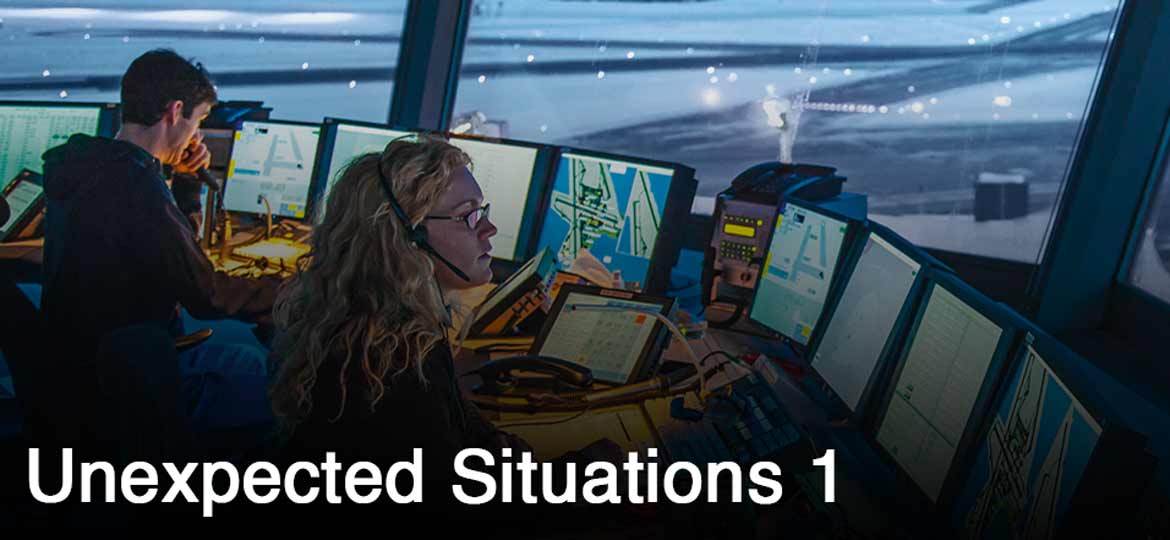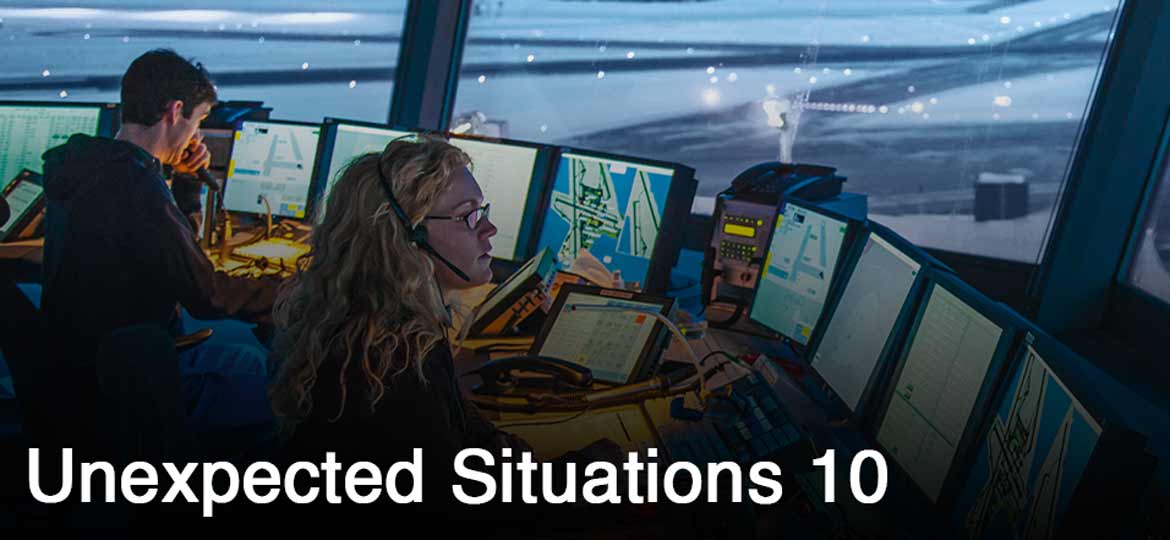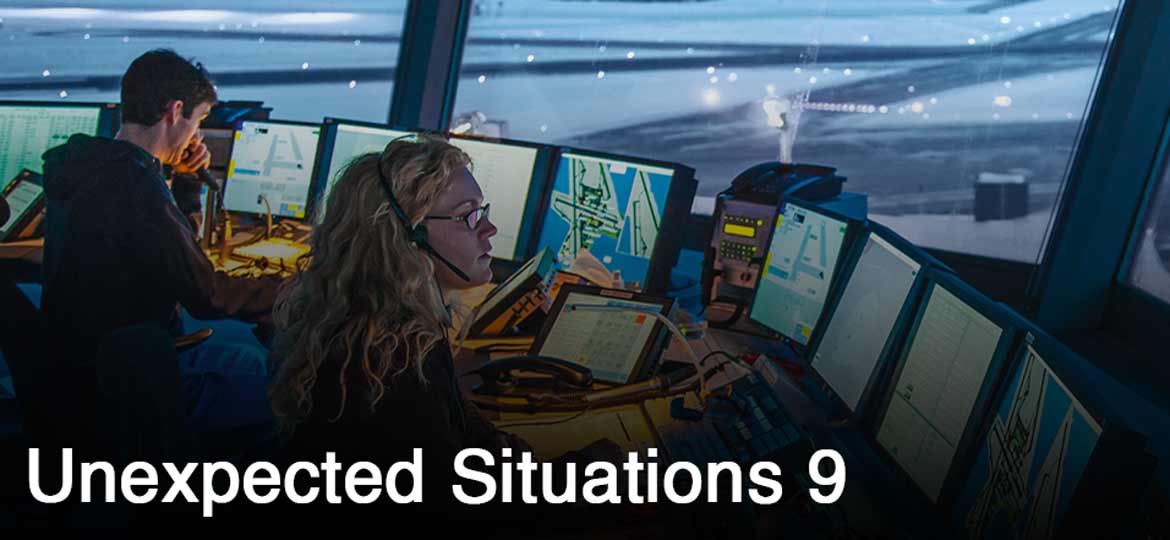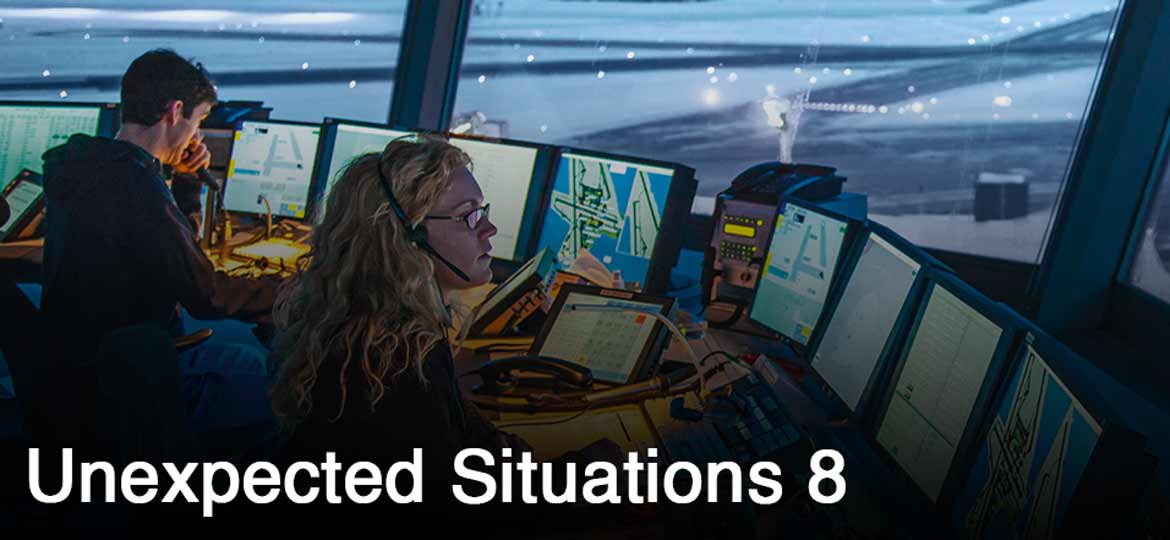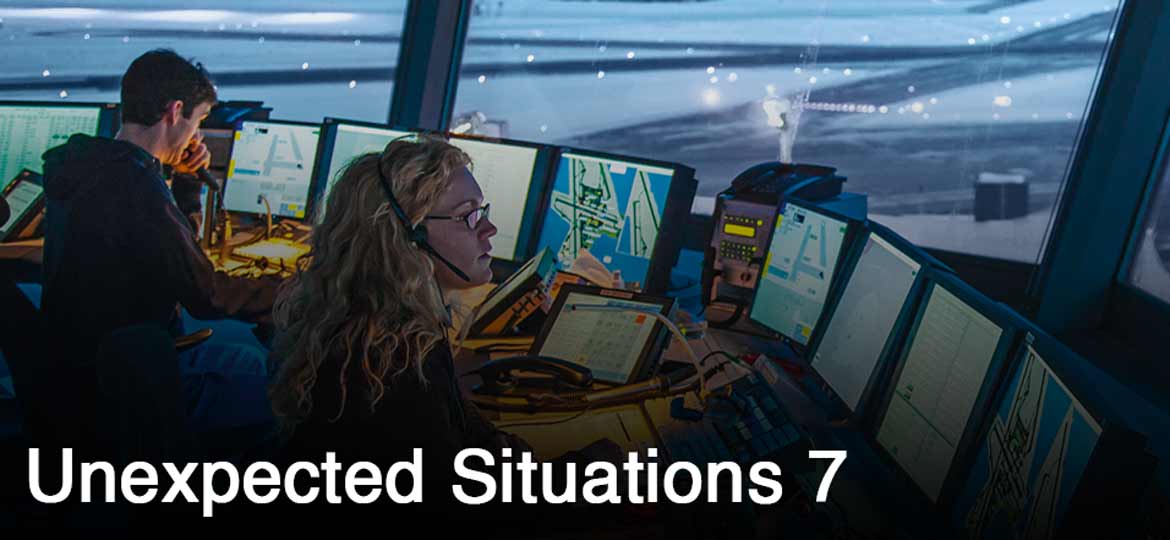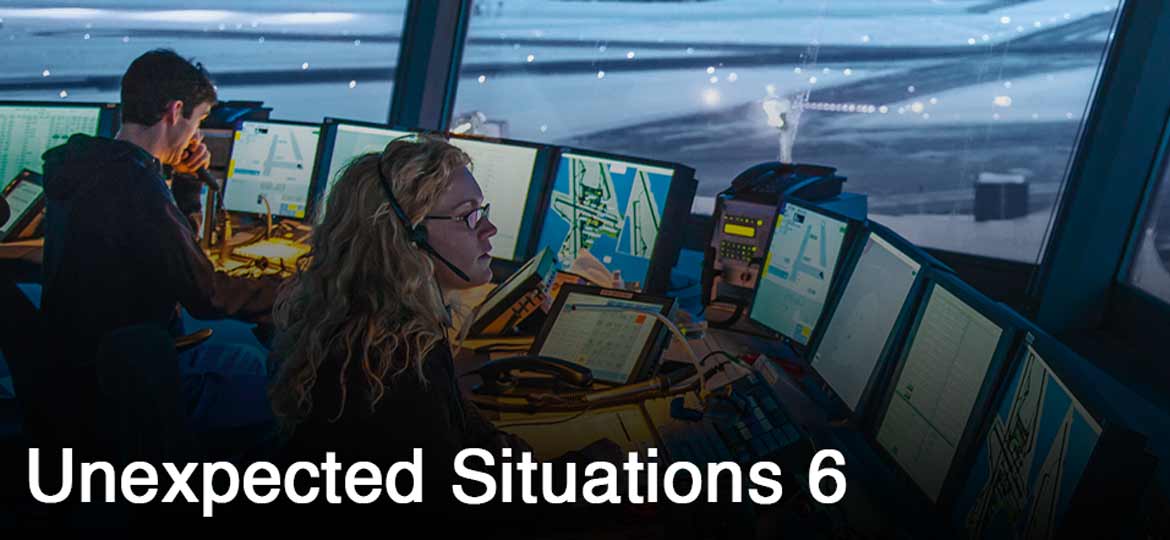Part 3: You will listen to three different communications between pilots and air traffic Controllers. The recordings will be played twice. there is a five-second pause before the recording is repeated. After listening to the recording, you should tell everything that the pilot and the controller said.
Situation 1
Pilot
ATC
Now tell me, in your own words, everything that the pilot and the controller said.
Suggested Answer
What should a pilot do if there is fire on board?
Suggested Answer
First of all, pilots should promptly put on the oxygen masks, stablish communications, declare emergency and then start emergency descent to flight level ONE ZERO ZERO and request emergency services on the ground ready for them.
Situation 2
ATC
Pilot
Now tell me, in your own words, everything that the pilot and the controller said.
Suggested Answer
What threats may balloons and fireworks offer to the airports operations?
Suggested Answer
Despite not being such a common situation to happen, in my opinion Balloons and fireworks can be really dangerous.
Balloons can be easily ingested by approaching or departing aircraft, leading to a fatal accident.
fireworks being displayed right close to the runway threshold can produce a lot of smoke, thereby reducing the pilot’s visibility on the final approach as well as the initial takeoff.
Situation 3
Pilot
ATC
Now tell me, in your own words, everything that the pilot and the controller said.
Suggested Answer
What are the dangers of an airspeed indicator failure?
Suggested Answer
An airspeed indicator failure in an aircraft can pose several dangers to the pilot and passengers, as the airspeed indicator provides crucial information about the aircraft’s speed through the air.
Different phases of flight require specific airspeeds to maintain safe operations.
Especially during the approaching to the landing, at which pilots will face a lot of adversity on controlling the aircraft down for landing using a safe airspeed.
Therefore, Pilots must rely on secondary or backup airspeed indicators, such as GPS-derived groundspeed or engine power settings.
Because flying too slow – below the aircraft’s stall speed – can lead to a stall, on the other hand, flying too fast can put excessive stress on the aircraft structure leading it to fall apart.
Now, considering the three situations you have heard in part three:
How would you compare them? You may want to compare them in terms of severity, possible solutions and ways of prevention. Which one do you think is the most difficult to deal with? Why?
Suggested Comparison Answer
The most difficult situation in my opinion is the situation number one, fire in the hold, because fire on board is always a critical situation to deal with and it consumes the aircraft quickly, specially in the hold because the crew members are not able to access it to try to put out the fire, and therein lies the major problem!
Other than that, the fire may produce quite toxic smoke which can affect directly the health of everyone onboard and therefore, pilots have to take quick actions to carry out an emergency landing immediately.
In some cases, even a fatal accident can happen because the crew may not have enough time to reach an airport for assistance.
To prevent fire in the cargo hold, I think both airports and companies should invest in better training for cargo handlers to learn how to efficiently handle dangerous goods and properly arrange them in the hold.
Situation number three – Airspeed indicator Failure – is less critical than situation number 1 but still very dangerous to deal with because unreliable airspeed indications can lead the aircraft easily to a stall.
In this situation, pilots usually need to crosscheck information and keep in touch with the controller to obtain vectors trying to keep the aircraft’s speed under control to avoid an accident on landing.
To avoid airspeed indicator failure the best thing to be done is to always maintain preventive maintenance.
And last but not least, situation number two is the easiest problem to sort out, because when we have operations at a specific airport closed, flights can be seamlessly diverted to the nearest suitable airport as filed.
I imagine that bringing human organs for transplantation and having to divert to another airport is really a hassle for all the medical staff involved, but nevertheless, it does not pose any significant risk to the flight.
It’s difficult to figure out a way to solve this problem quickly, as balloons can easily come to the airport area taken by the wind blown, thus the only way is to hang on some minutes.
Se você gostou desse post do Call to Fly, divulgue utilizando os canais de Mídia!!
Abraço!! Rumo ao topo!
Leandro Araujo
